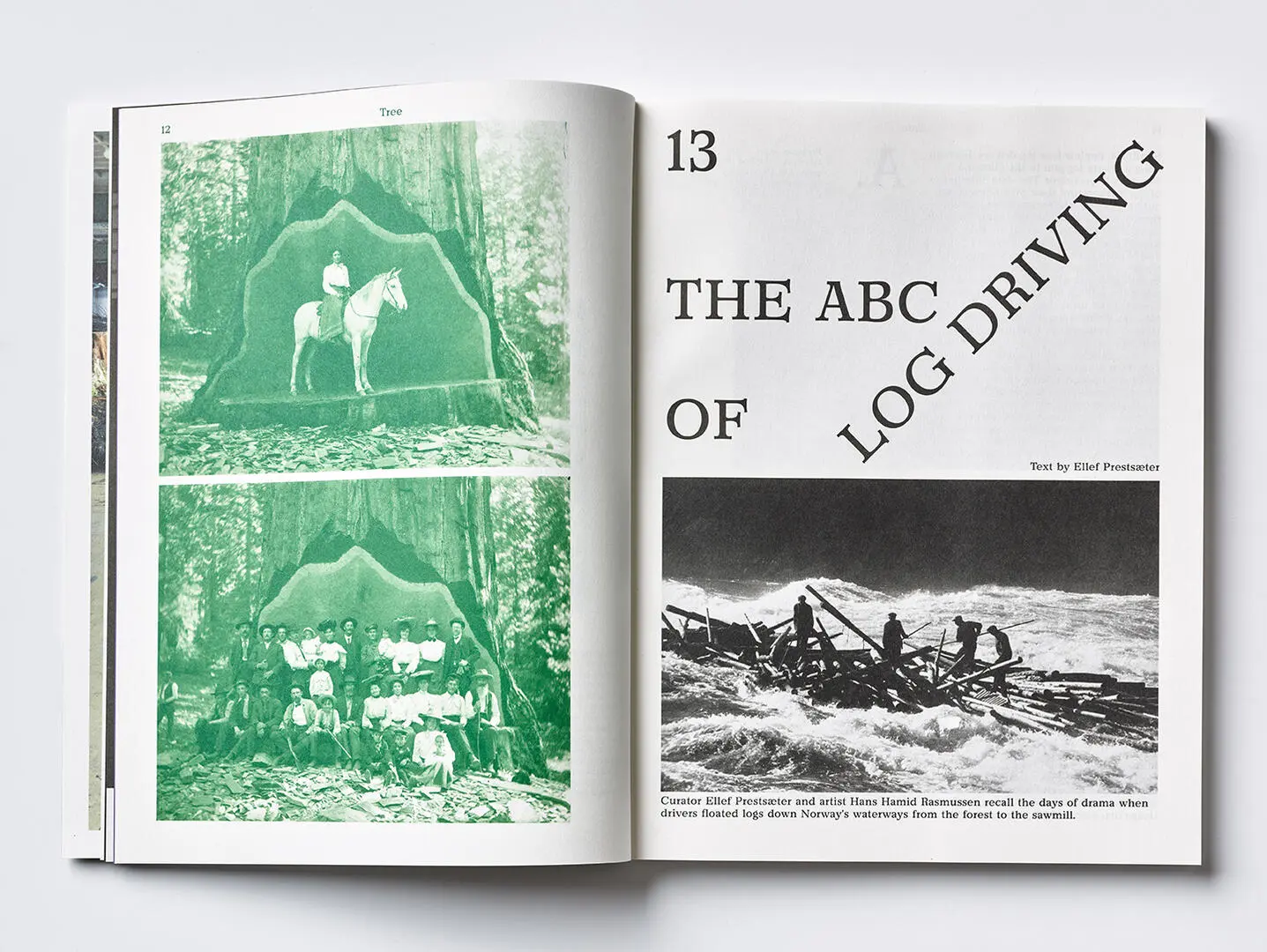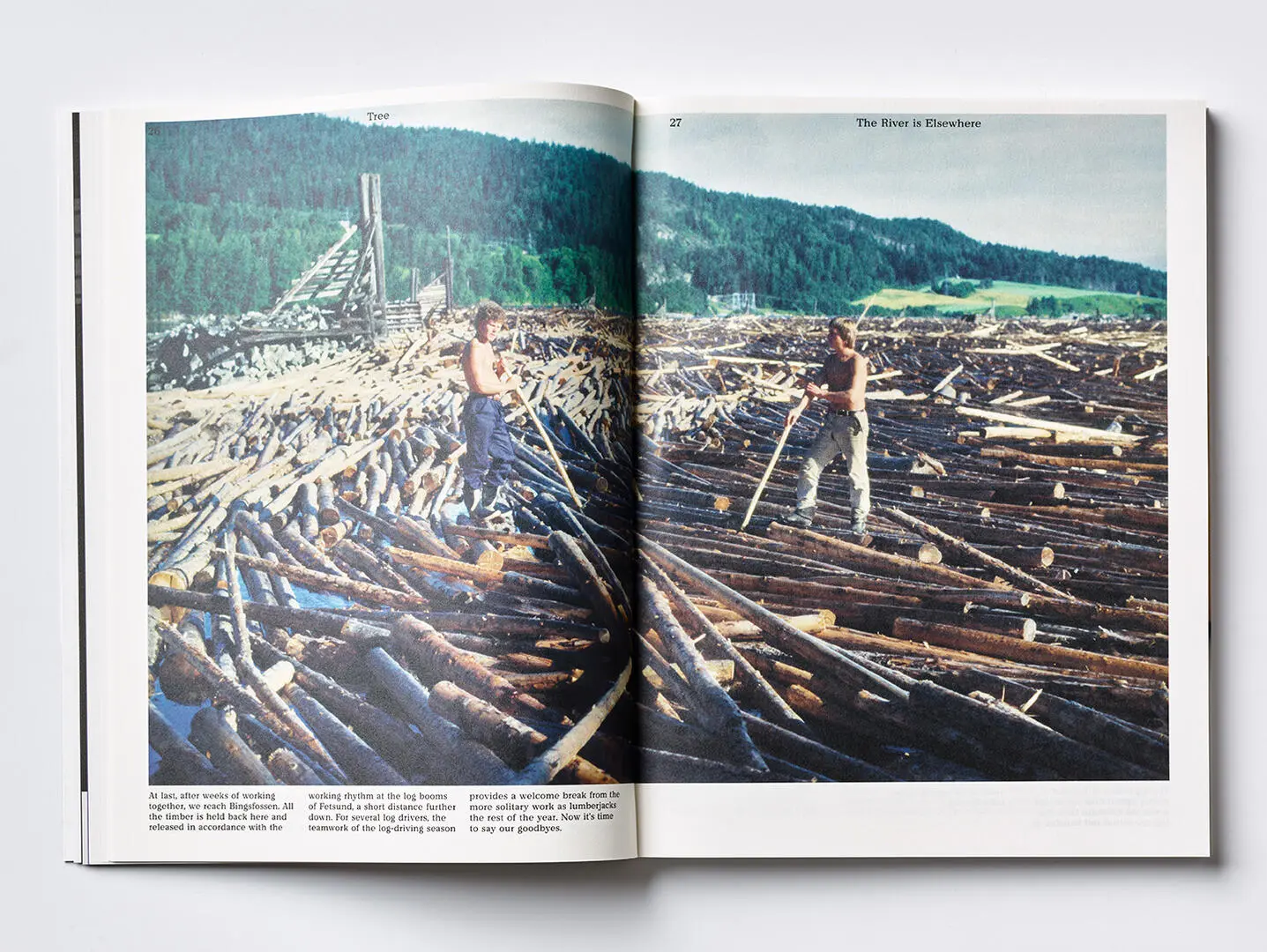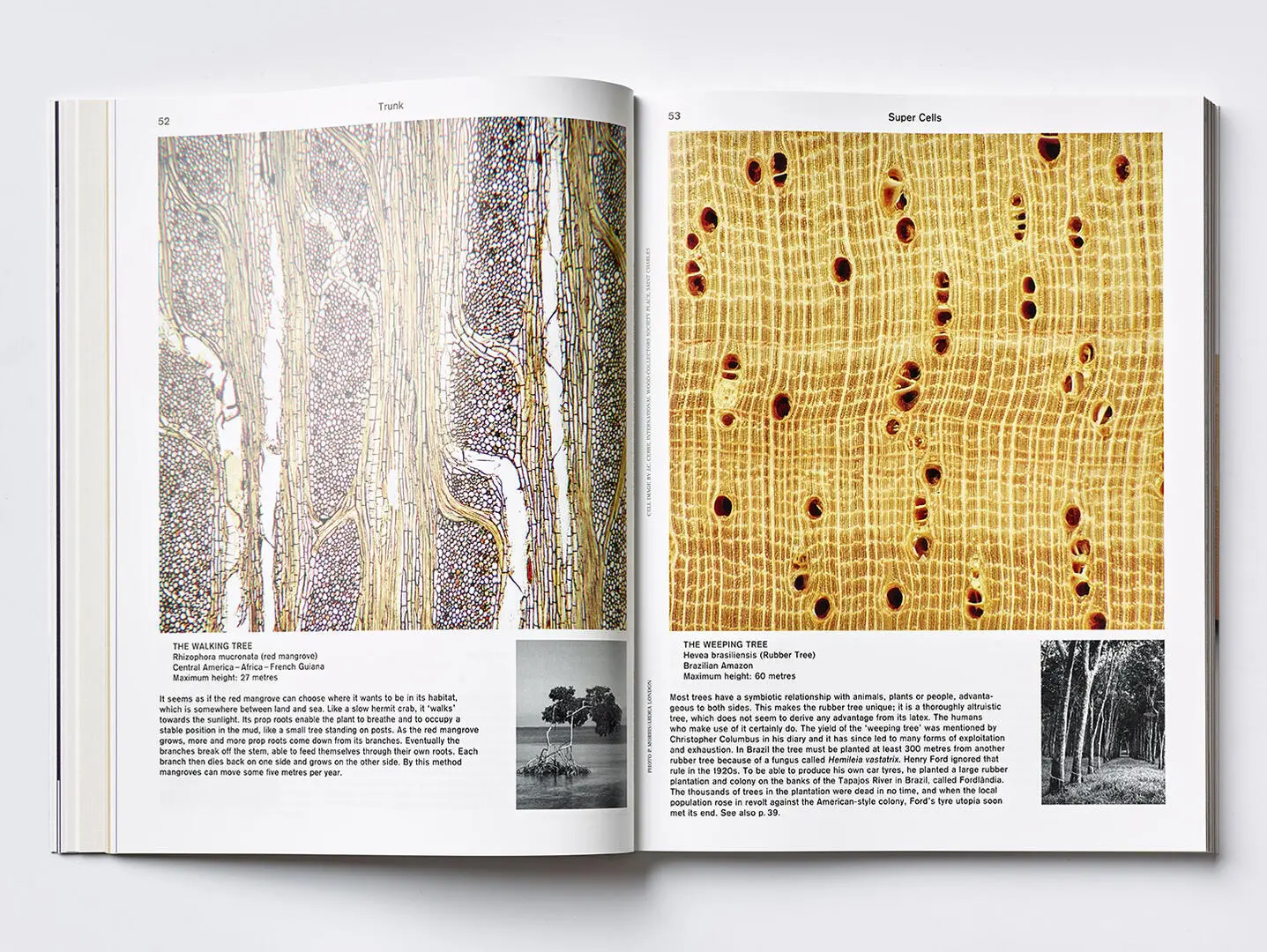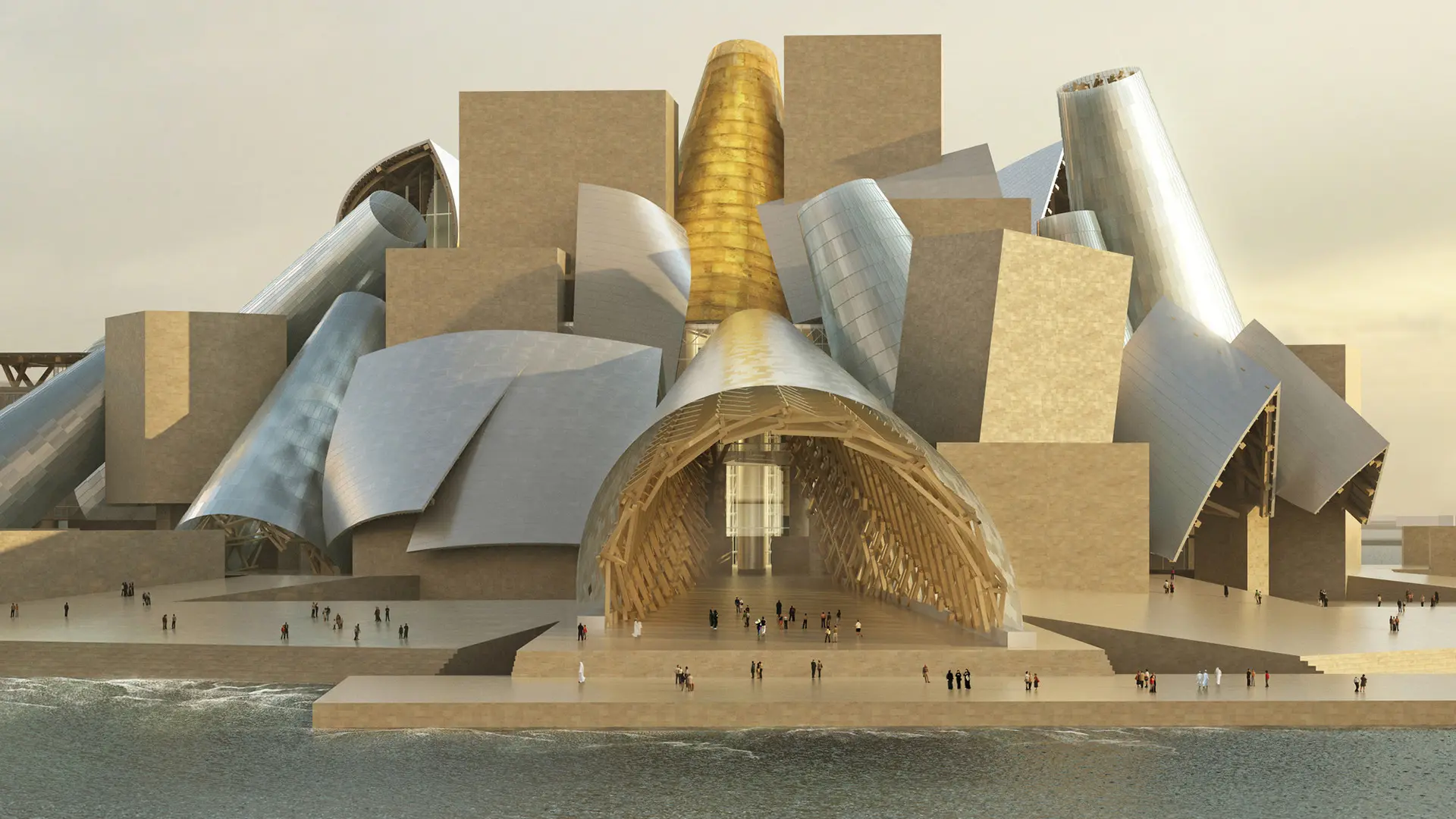From BIG to David Chipperfield, Frank Gehry to Snøhetta: a world tour of the best buildings set to open in 2026

The magazine’s 12th edition is entitled The Log: an excursus on the parts of a tree, sectioned, examined, experimented with, poeticised and reinterpreted, through the ingenuity and experiments that have animated the history of human society, by way of manufacturing, geopolitics and artistic practices
The magazine MacGuffin – The Life of Things is famous for its “monograph” editions based around topics that might appear banal but are picked apart through stories of the production and little-explored, or at least unusual, aspects of objects. In the wake of issues devoted to the chain, the bottle, the rug, the desk, the trousers, the ball, the cabinet, the sink, the rope, the window and the bed, the twelfth is devoted to the log – the section of a tree trunk that becomes the constitutive basis for innumerable constituent parts of architecture and design, from the great planks of wood used in construction to reconstituted panels.

The opening editorial letter from co-editor in chief Ernst van der Hoeven, says: “MacGuffin Nº12 The Log dives into the design and politics of wood. From the last Norwegian trunks that floated down the Glomma to the indigenous logs that help to map the Amazon Forest: meet the logs that function as totems, design tools, oracles, wormholes, comic figures, activist artworks, village idiots, prisons, logbooks, nightmares and dreams.”
In fact, the history of timber in human civilisation has just as much to do with sociology, geopolitics and even mysticism as it does with technique. Thus, the method by which the twelfth issue of MacGuffin tackles some of the aspects that pertain to it, is almost anatomical.

Part 1 is devoted to the tree, and takes us to a number of geographical areas ranging from Thailand’s Tak Province to the Sierra Nevada, from Jamaica’s Cockpit Park to the Rio Tapajos, in search of petrified trees, studio trees and rubber trees. Fascinating tales of tree trunks being transported by water, along the river Glomma for instance, are illustrated by vintage photos of early 20th century Norway, and by Hans Hamid Rasmussen’s brilliant reportage, and we learn that the plantations of rubber trees are owed to the explosion of the automobile industry led by Henry Ford’s productions.

Part 2 is devoted to the theme of tree trunks, bringing together a line-up of cross-disciplinary points of view from a dendrologist, a zoologist, a novelist, a photographer, a Willow Woman and a man who faked wormholes. They analyse cells, date wood, carve images, bake cakes, harvest olives, worship totems, celebrate Christmas and take part in pagan rituals. Multicolour enlargements of wood cells thus take up full pages which, rather like data sheets, bring out the visual poetry of markedly scientific details, whilst a small guide to dendrological techniques is offset by the simplicity of the designs carved by inmates on the wooden walls of Tønder Castle prison, and the pragmatism of the lengthy article on the designers Lina Bo Bardi, Cesare Leonardi and Louise Nevelson - “radical recyclers.”

The third part is devoted to timber, with cutting-edge pictures, incriminating photos, indigenous maps, snack forks, toy cabins, a report on wood traffickers and an illustrated focus on composite lumber. The article zooms in on some of the least-explored aspects of the timber production chain, with locations in various parts of the world, and attempts not just to take a look at the new frontiers in the construction world, but also to shine a light on some of the industry’s most controversial practices.


 Stories
Stories










